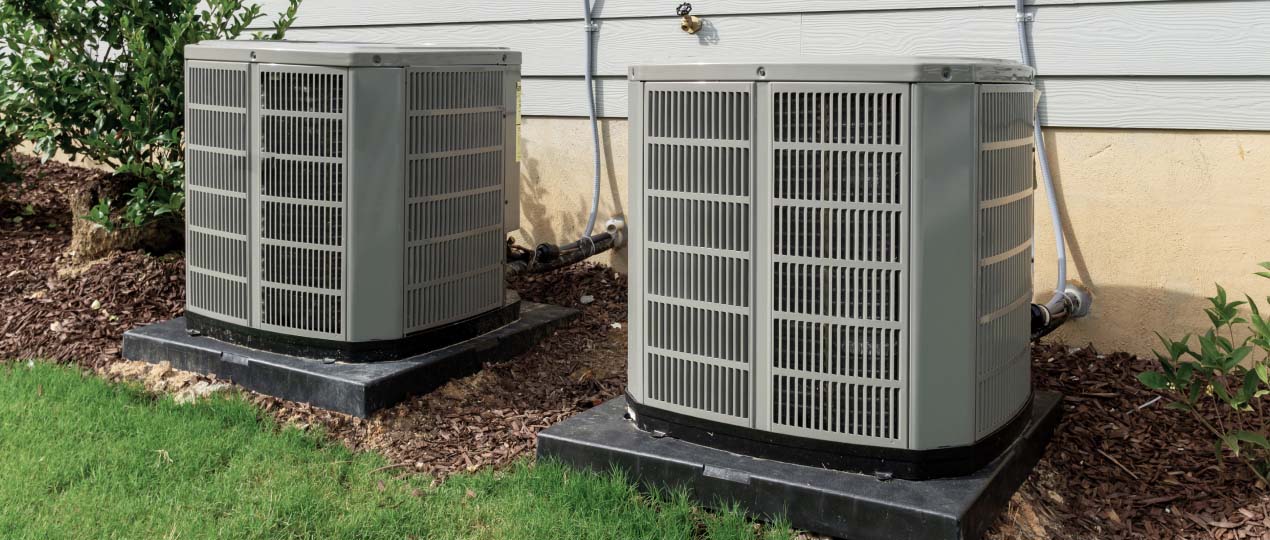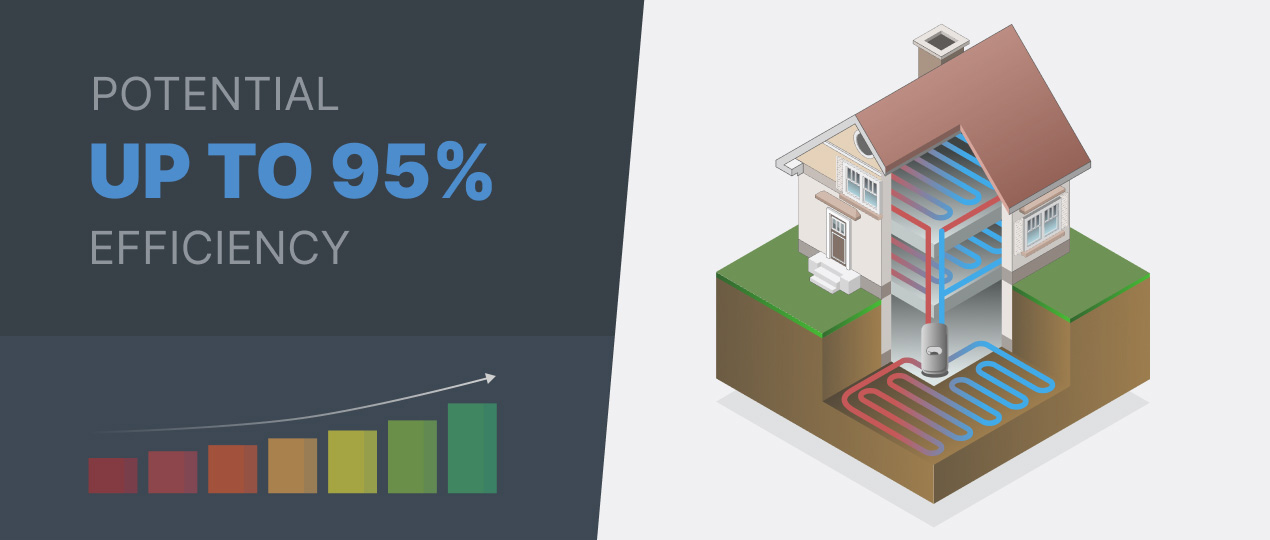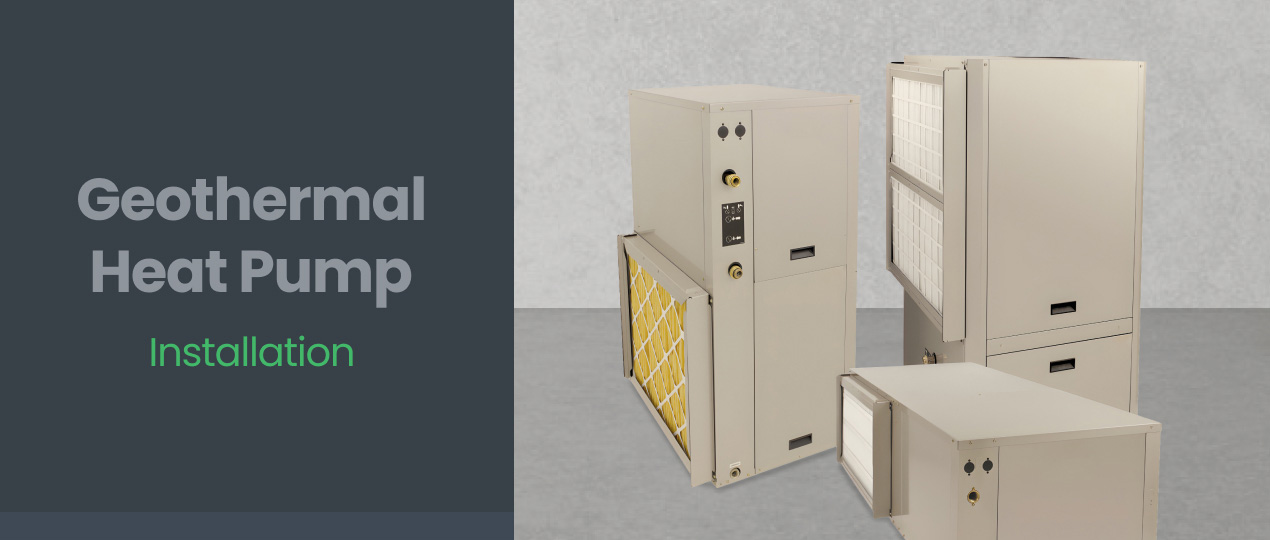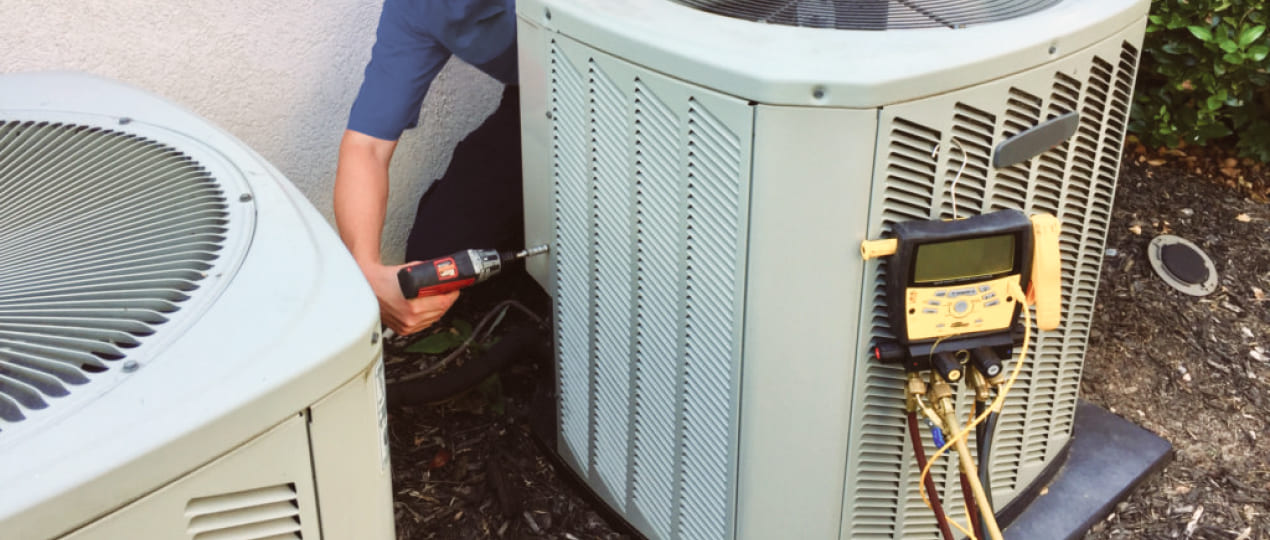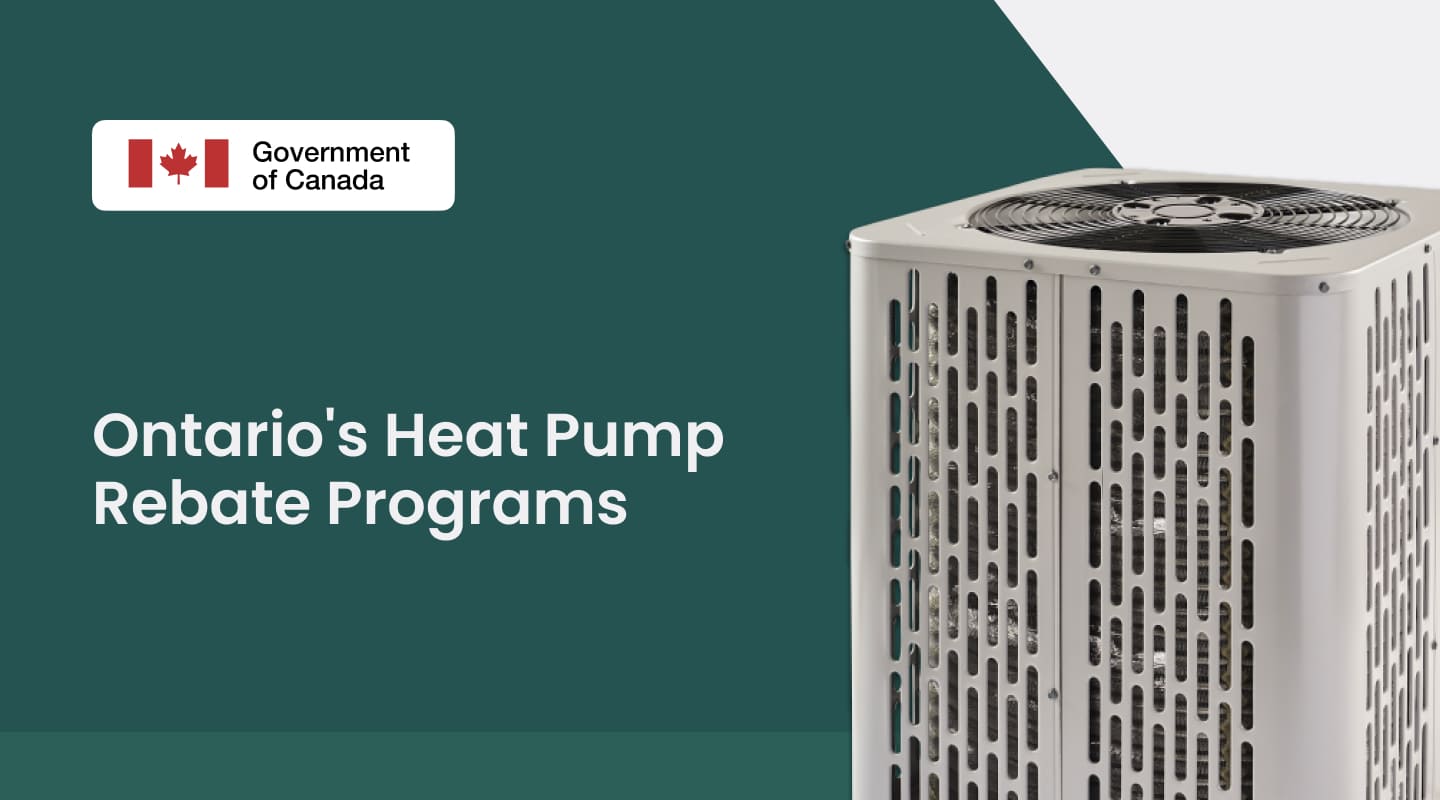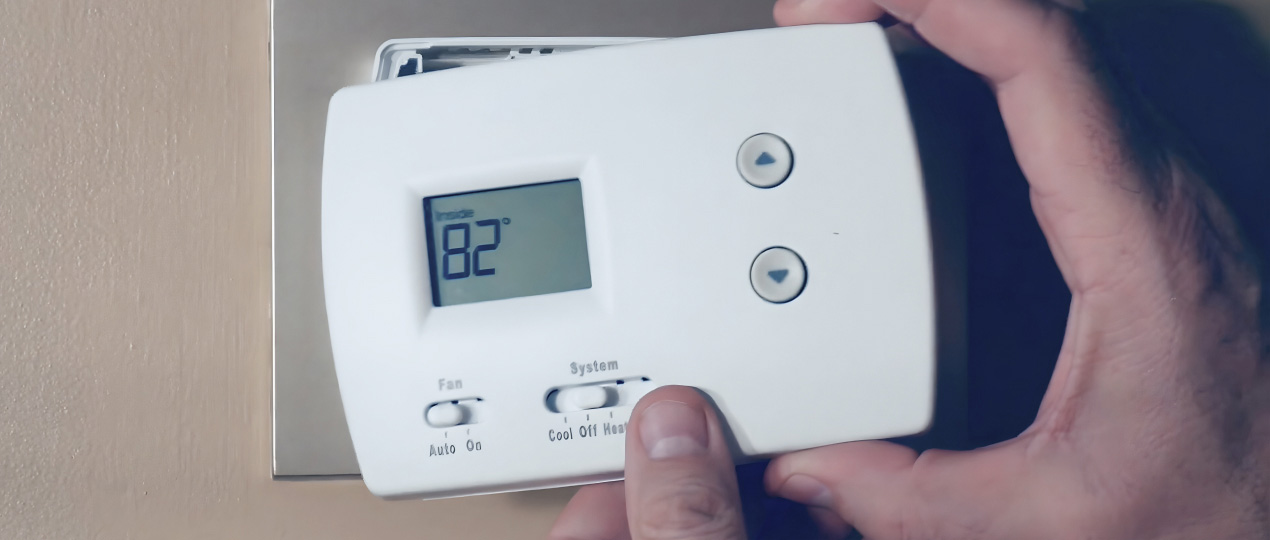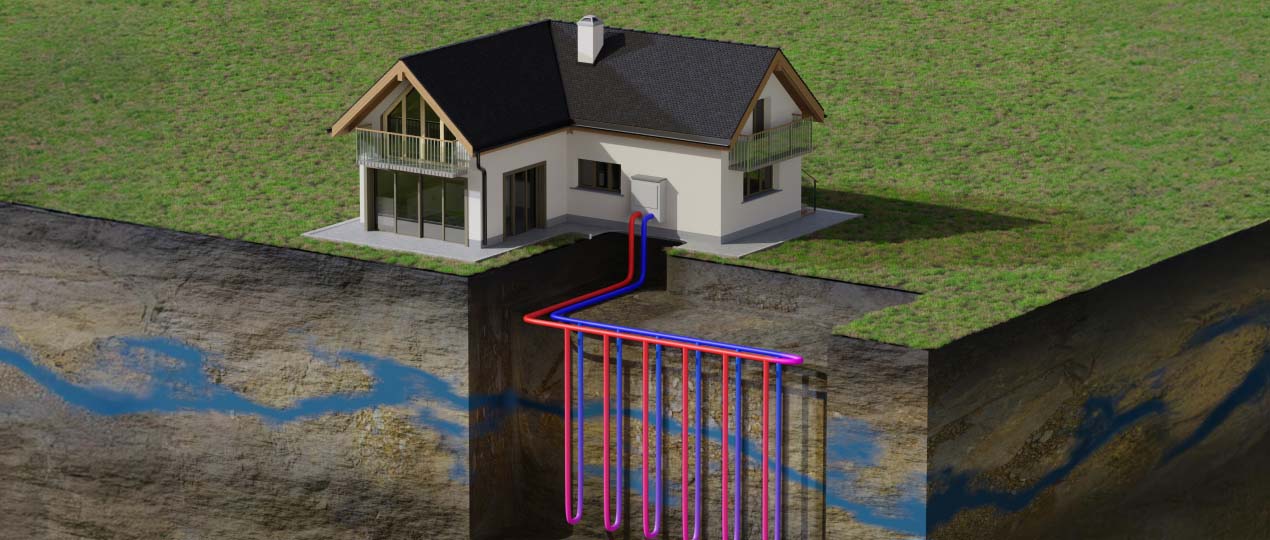
A geothermal heat pump is a reliable solution for heating and cooling needs by utilizing the constant temperature found below the ground. To maximize performance and efficiency, it is critical to ensure that these collectors are installed correctly.
These collectors are essential components of geothermal heating and cooling systems. In winter, they extract heat from the ground to heat a building, and in summer, they transfer heat back to the ground to cool it.
Types of GSHP collectors:
- Horizontal loop systems
- Vertical loop systems
- Pond/lake loop systems
- Hybrid loop systems
The installation process of ground source heat pump collectors
Before installing a geothermal heat pump for heating, a thorough site assessment is required to determine the location’s suitability and effectively plan the installation process.
Checklist for site assessment:
- Analysis of soil composition
- Assessment of the groundwater level
- Available space for collector installation
- Shading analysis
- Analysis of local climate
The installation process for GSHP consists of several key steps, including excavation, loop installation, fusion welding (if applicable), and backfilling. Each step requires precision and adherence to industry standards to ensure long-term system performance and durability.
Installation steps:
- Excavation works Digging trenches or wells by the project documentation.
- Loop installation Pipes are placed in the excavated area and connected to the collector.
- Fusion welding (if necessary) Ensuring reliable connection of pipe sections by thermal fusion welding.
- Backfilling Filling the excavated area with appropriate mortar or backfill material, avoiding damage to the pipes.
System testing and commissioning
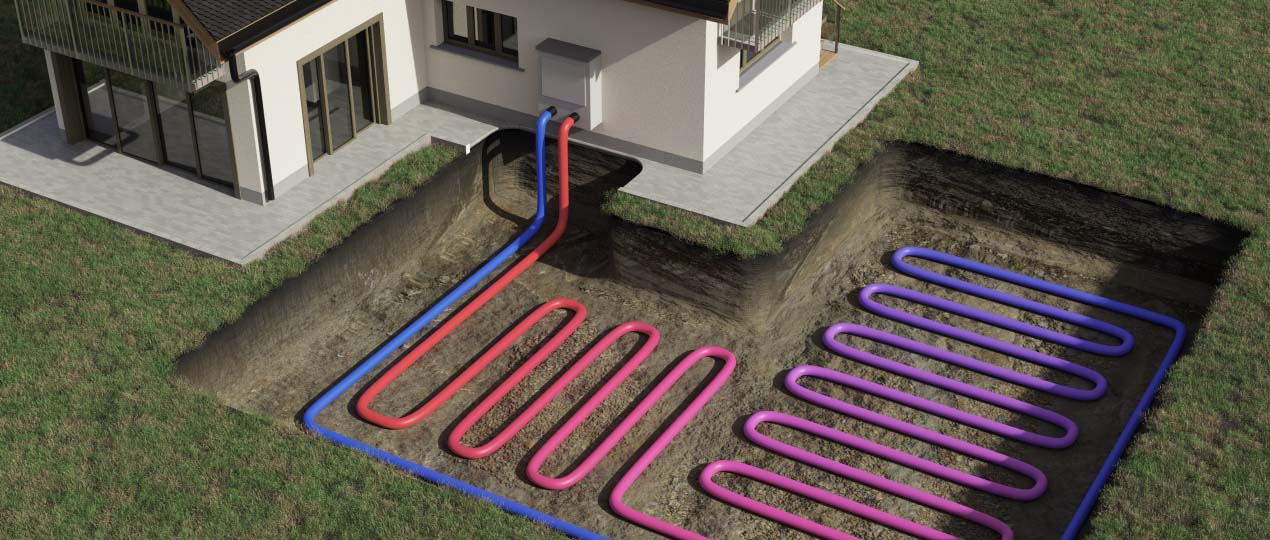
Once the ground source geothermal heat pump is installed, thorough testing and commissioning must be performed to verify its functionality and efficiency. This includes pressure testing, flow measurement, and system optimization to ensure optimum performance.
Testing and commissioning checklist:
- Pressure testing of a loop system
- Flow measurement to ensure proper fluid circulation
- System optimization for maximum efficiency
- Performance monitoring and adjustments as needed
Our team can solve any problem, guaranteeing a long-lasting result.
Order the best specialist in Canada Now (866) 545-6460

